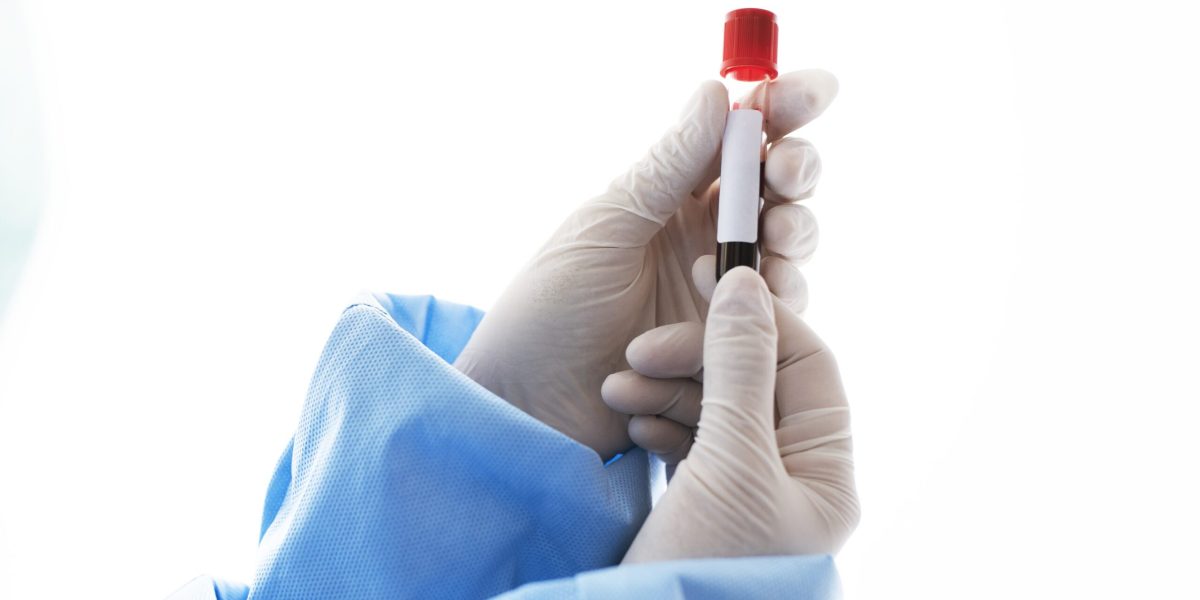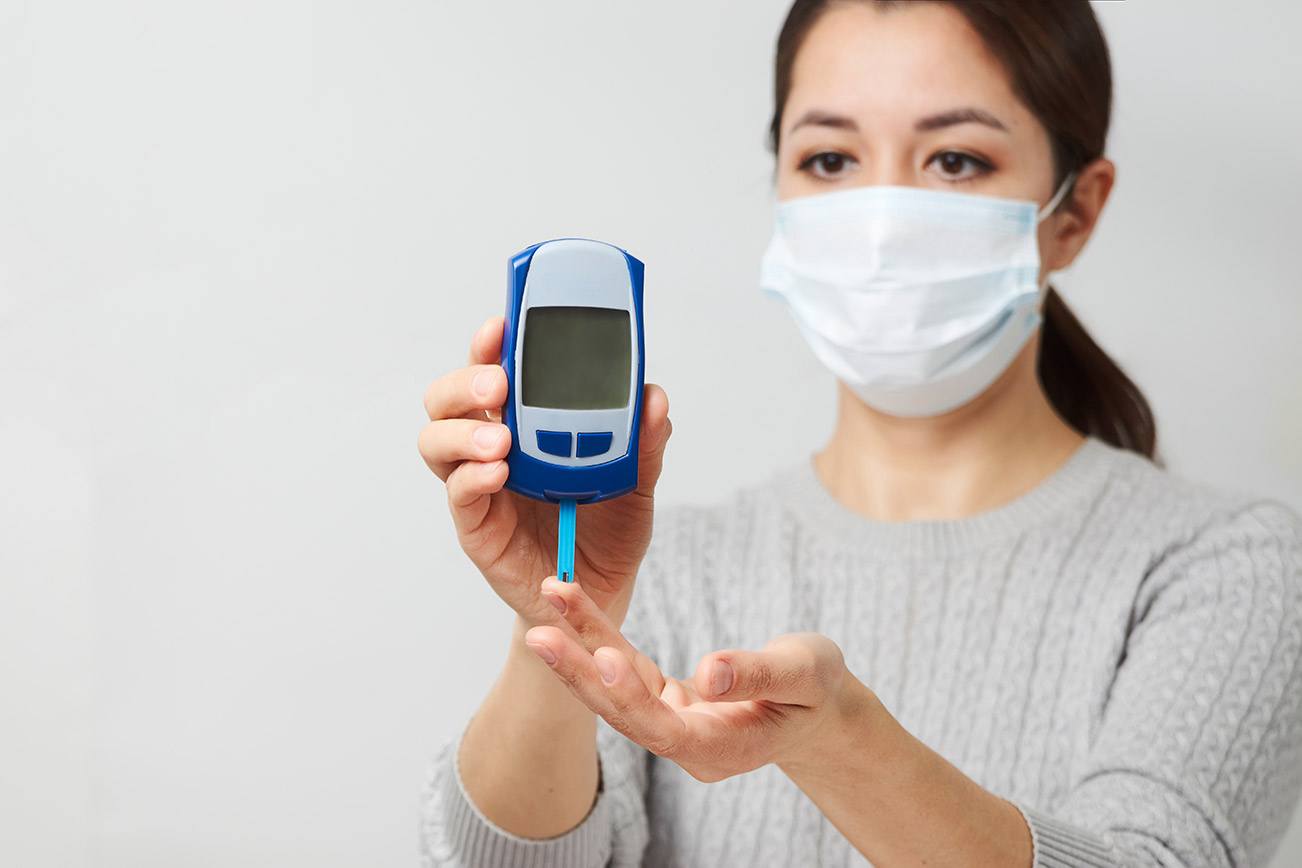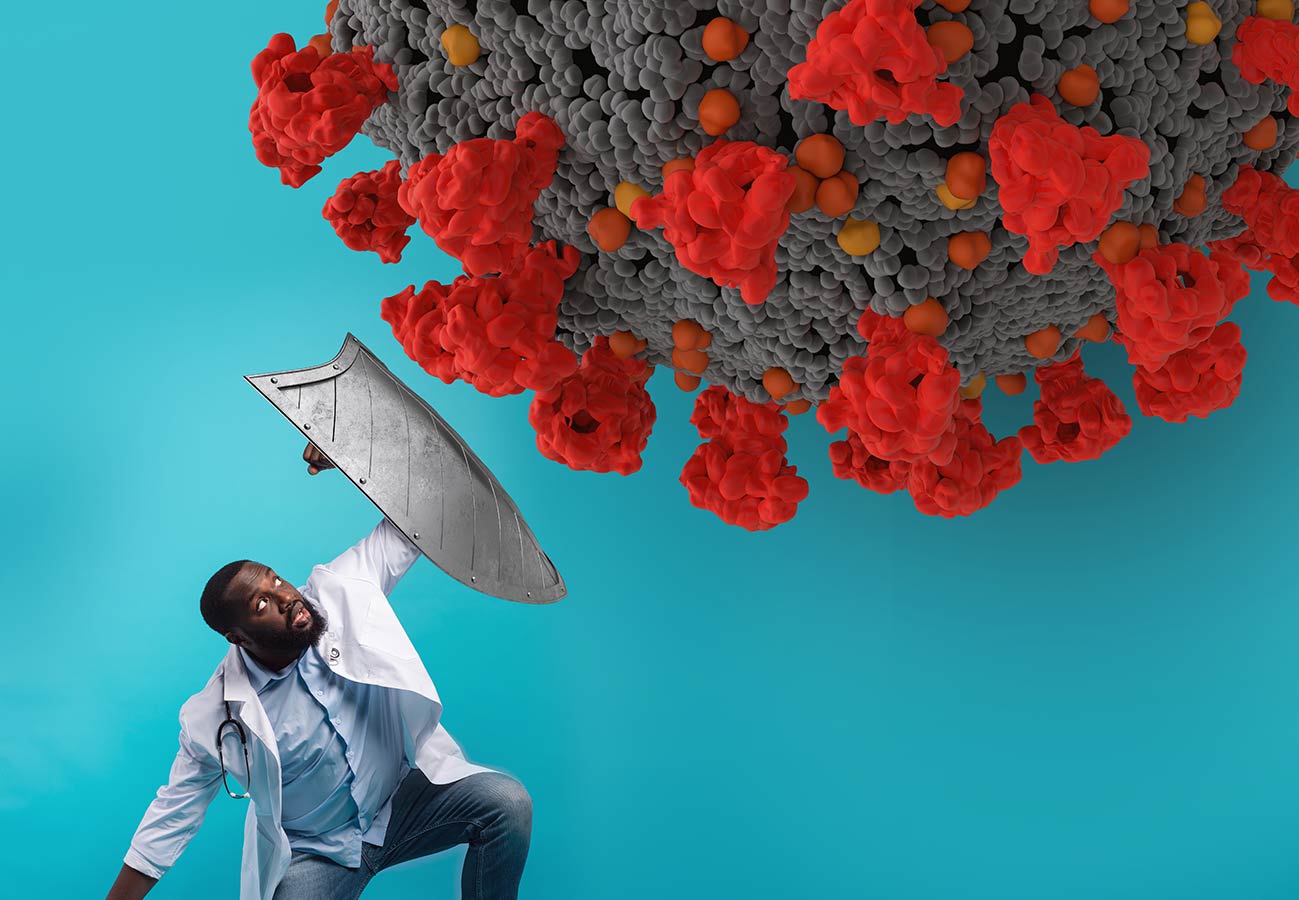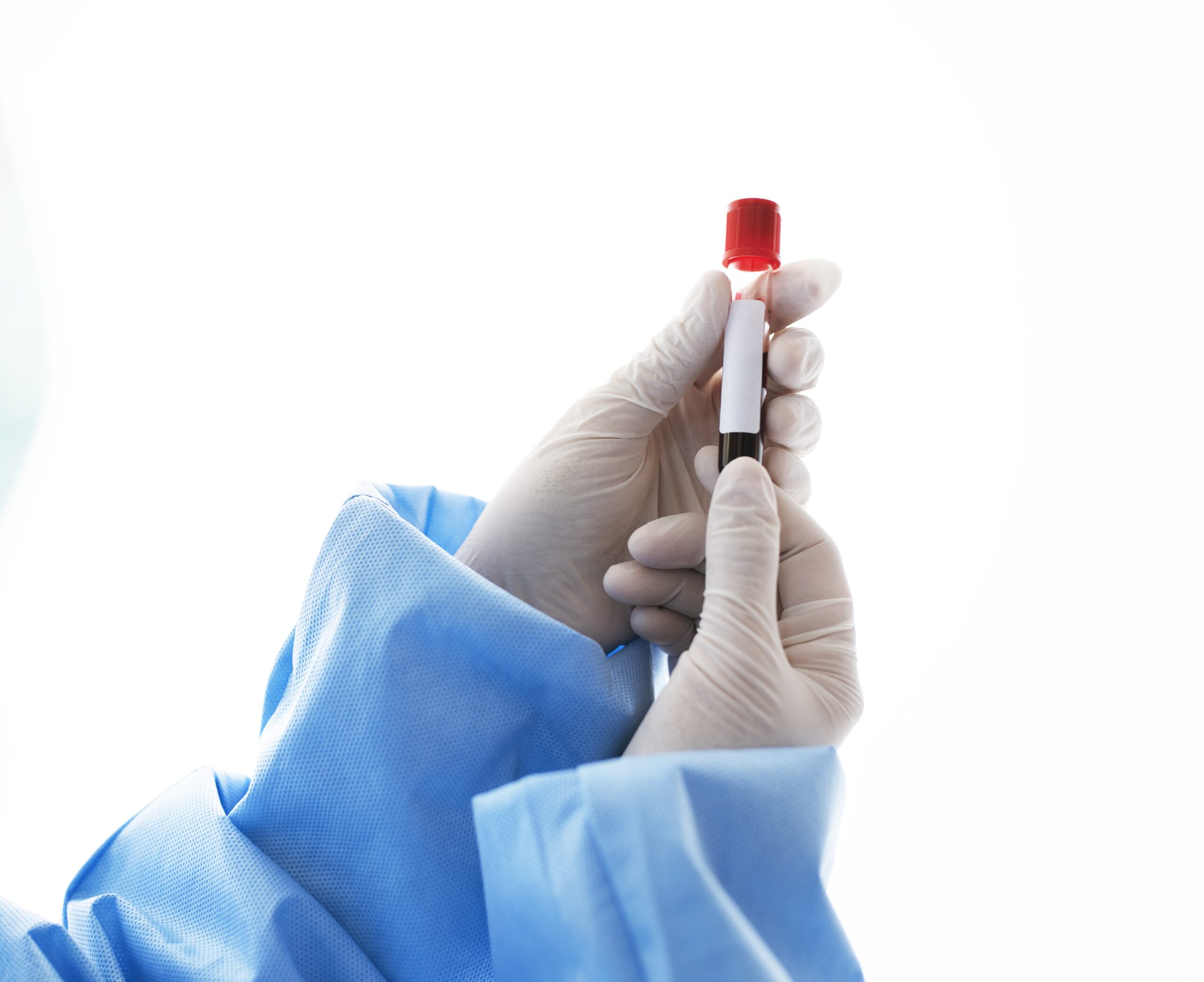Getting your blood screened occasionally is a key factor that can help in preventing various types of degenerative illnesses. By providing you with a snapshot of your current health, a blood screening can detect potential health problems before they rise to the surface so they can be managed most effectively.
They are very straightforward to carry out and fast to do and they provide a wealth of information that can be useful to you. Carrying out regular blood testing is one of the most effective ways you can keep track of your overall physical well-being.
Getting tested at routine intervals will also help you to understand how your body changes over time and allow you to make informed decisions based on your health.
Functions of blood tests
As one of the most common tests carried out in medical history, the uses of blood tests vary. Furthermore, a blood test can be used to:
- Gage one’s comprehensive state of health
- Assess if one has an infection
- Check extensively and ensure that certain organs, such as your liver and kidneys are functioning properly
- Check you for certain genetic conditions
- Check if you are at risk of heart disease
- Examine how well blood is clotting
- Find out if you are at risk of heart disease
- Diagnose diseases such as cancer, diabetes, anemia, HIV/AIDS, and coronary heart disease
Various blood tests don’t require any specific preparation and take only a couple of minutes. However, some types of blood testing require fasting or not consuming anything for 8 to 12 hours before the test. Your doctor will notify you on how to prepare for your blood test.
During blood tests, your arm is the ideal section of the body to take a blood sample from as it can be conveniently uncovered. The typical area on your arm for the sample to be taken is inside the elbow or wrist because veins are relatively close to the surface.
Blood samples taken from kids are often taken from the back of the hand, generally, this can be a distressing occurrence for young children. However, their skin may be numbed using a special spray or cream before the blood sample is taken.
Book Blood tests here
Before taking a sample, the doctor or nurse will sanitize the area of the skin with an antiseptic wipe to make it easier for a sample to be taken. A tourniquet (right band) is fastened around the upper part of the upper arm to squeeze the arm and temporarily slow down the flow of blood and make the veins temporarily swell.
A new needle which has been attached to a syringe is pressed into the vein and is used to draw out a sample of your blood. At first, you may feel a slight prick or scratching sensation as the needle goes in, but it shouldn’t be uncomfortable.
People who are generally afraid of needles and blood should notify the person that is taking the sample so they can be made to feel more at ease before sample collection.
As soon as the sample has been taken, the tourniquet will be taken out, and the needle removed.
Using a clean cotton-wool pad, your health personnel will apply pressure to your skin for a couple of minutes. Occasionally a plaster may be put on the area to keep it safe.
The blood sample is put in a bottle that has been labeled with your name and personal details and sent to a laboratory to be tested. The results are then sent back to the hospital or your registered health consultant.
Results may be ready the day you took the test or some days or were after.







